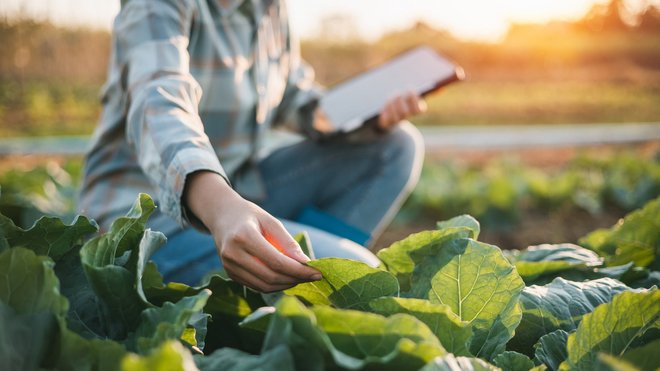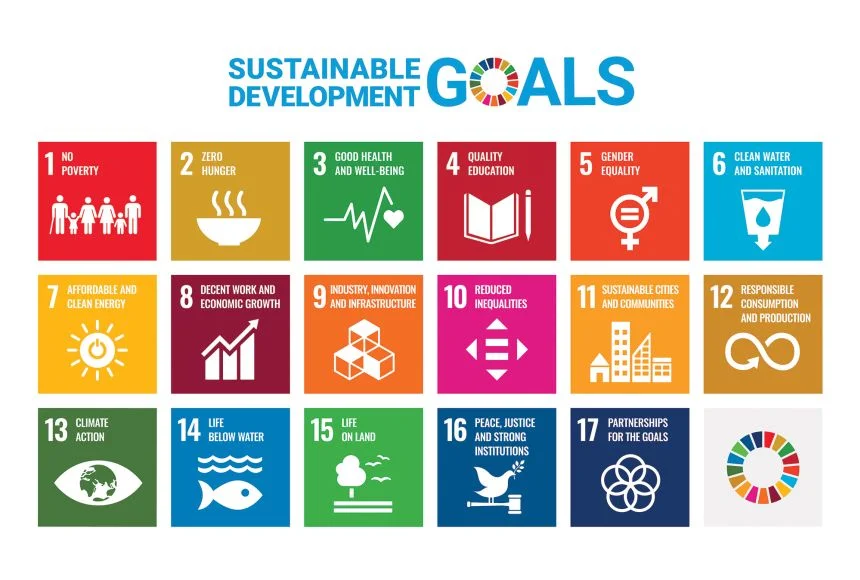Sustainable Development Goals

Reading time
Content
The Sustainable Development Goals (SDGs) are a global initiative adopted by the United Nations to achieve significant changes in many areas of human life and activity. These goals cover a wide range of topics from poverty, hunger, health to water, energy, gender equality and many others. The key message of the SDGs is to "leave no one behind", meaning that the goals should be achieved for all parts of society at all levels.
The goals were adopted in 2015 by all 193 UN member states and represent an ambitious roadmap to achieve sustainable development over the next 15 years.
Although all the SDGs are important and interconnected, some have a direct impact on agriculture, forestry and the environment. For example, the goal on hunger is not only concerned with eradicating hunger, but also with promoting sustainable forms of agriculture.

Agriculture and the SDGs: Agriculture is directly affected by several SDGs, in particular Goal 2 (Zero Hunger), which focuses on eradicating hunger, ensuring food security, improving nutrition and promoting sustainable agriculture. This goal is relevant to a number of aspects, from increasing agricultural productivity and smallholder incomes to ensuring resilient agricultural practices that increase productivity while helping to preserve ecosystems.
Climate goals: Goal 13 (Climate Action) emphasises the need to take action on climate change and its impacts. This is critical for agriculture as climate change affects growing seasons, soil quality and water availability, and thus overall food production.
The principle of 'leaving no one behind': This approach emphasises inclusiveness and equity, meaning that the benefits of sustainable development should reach all sections of society and no group should be overlooked.
